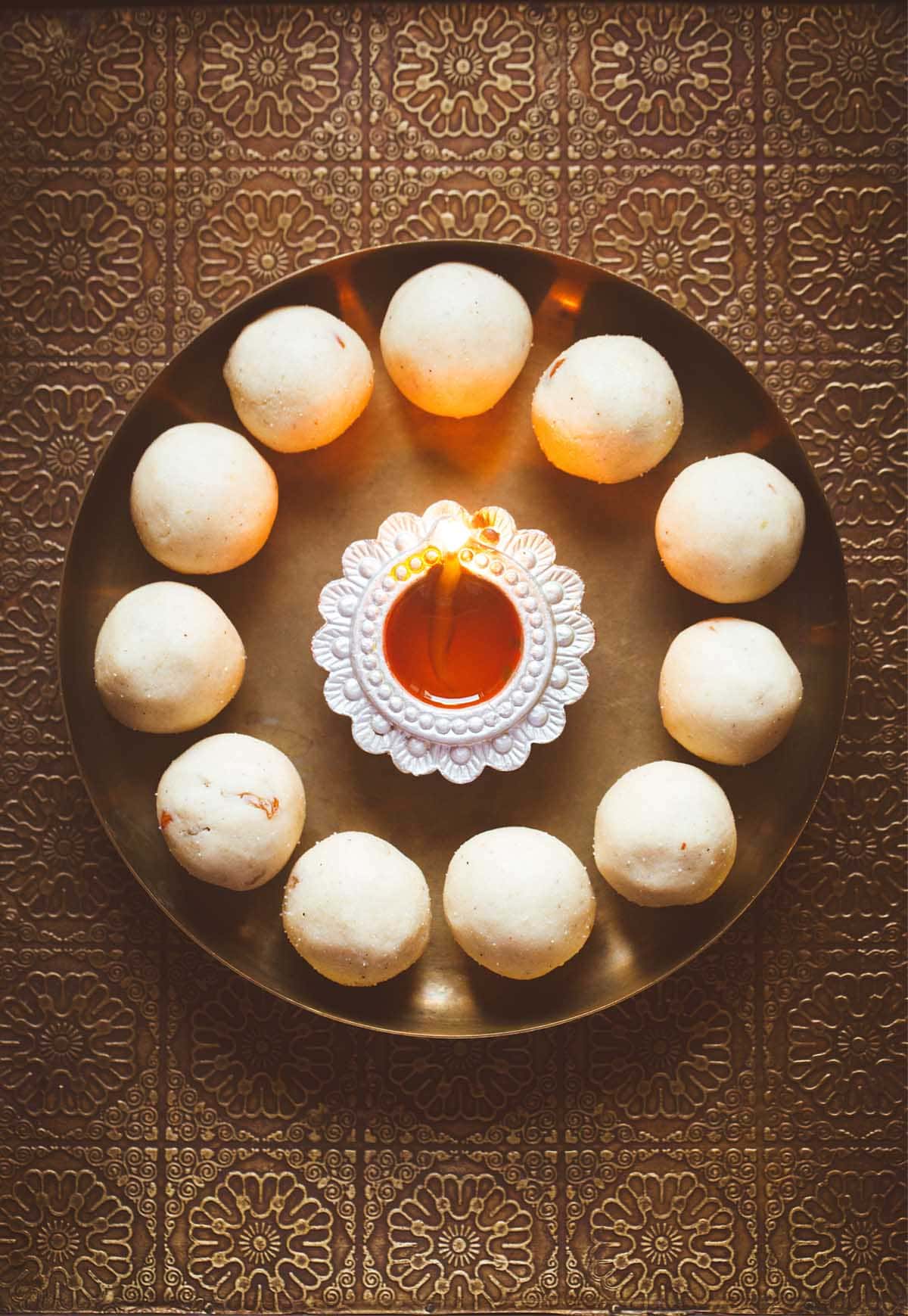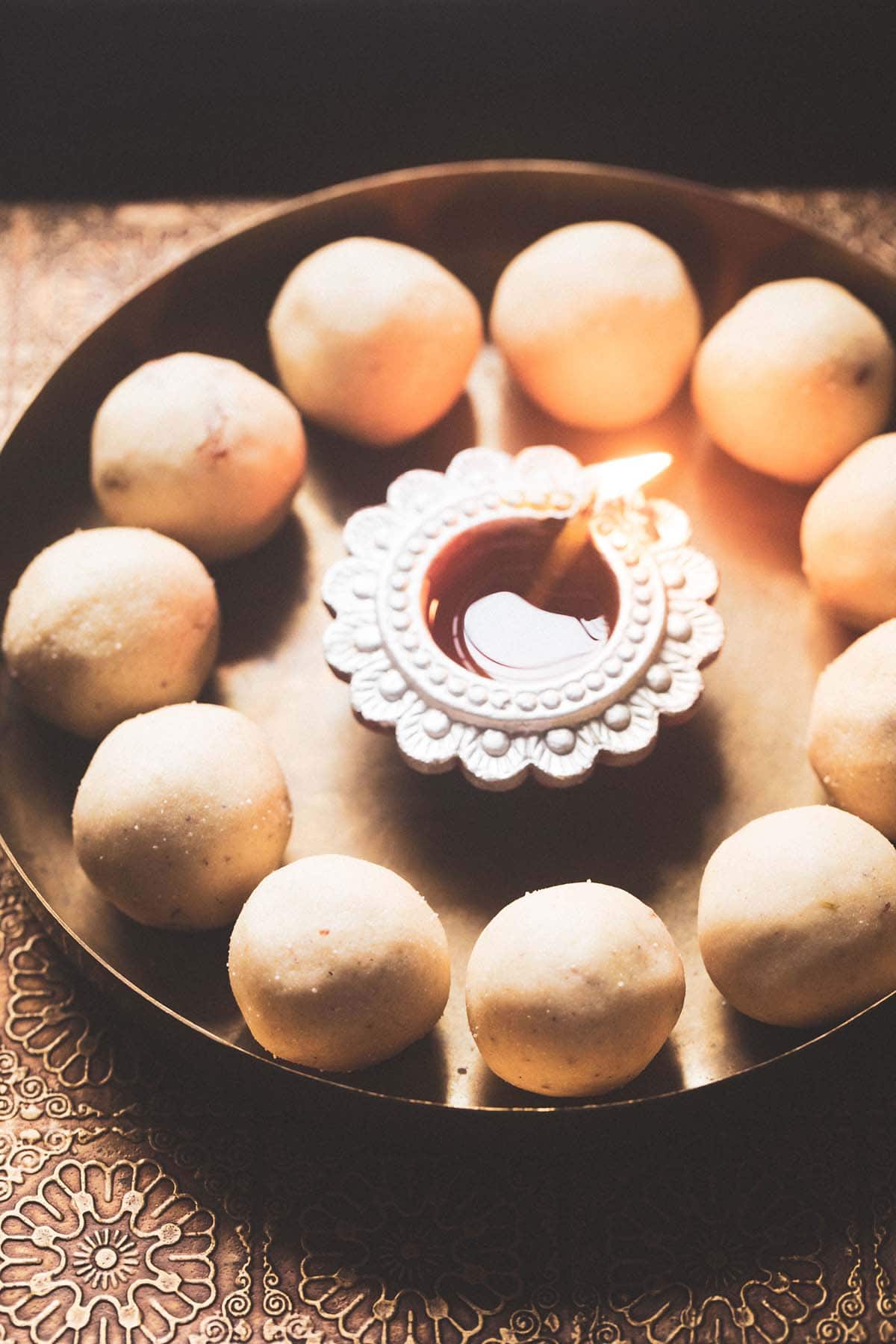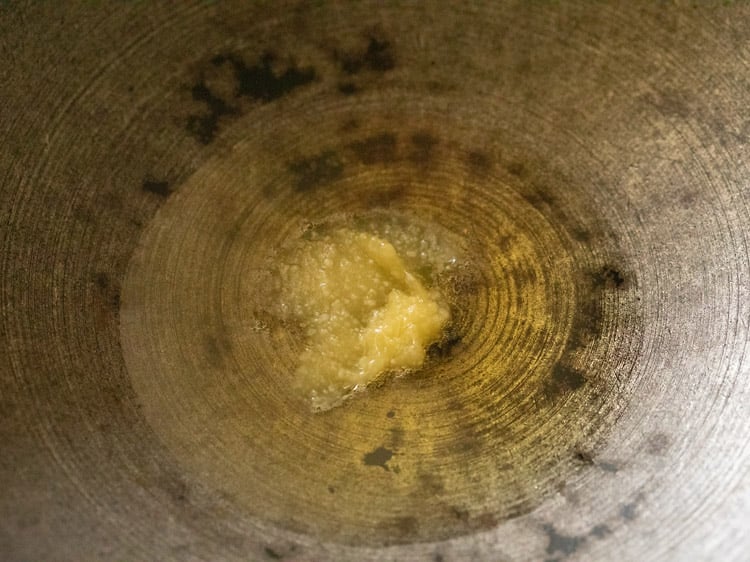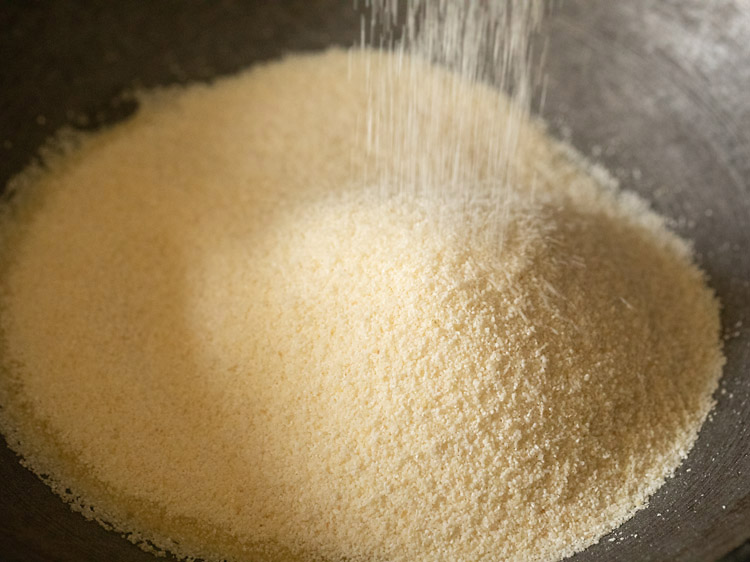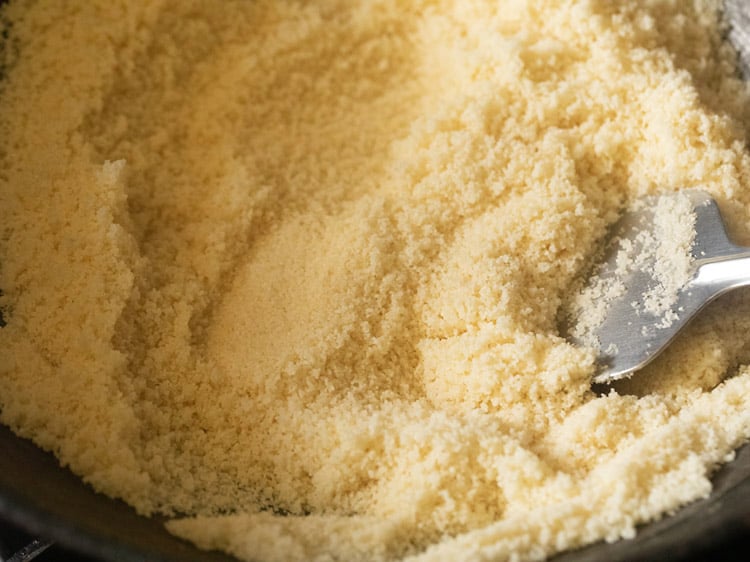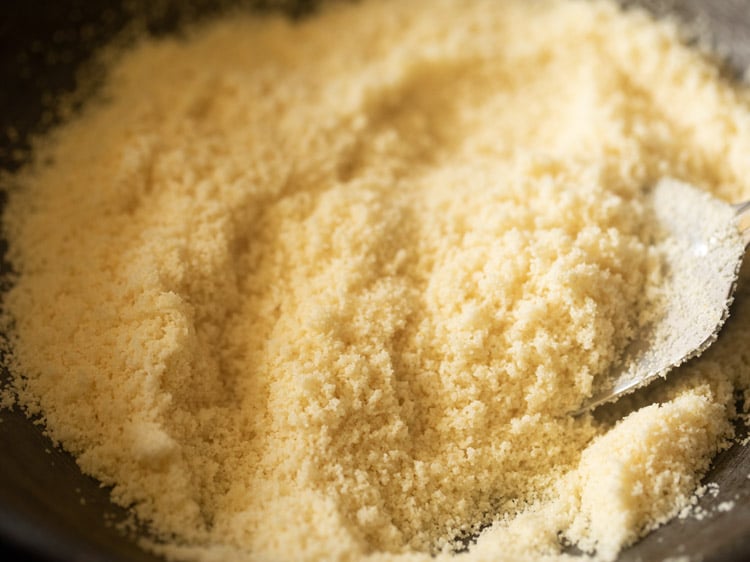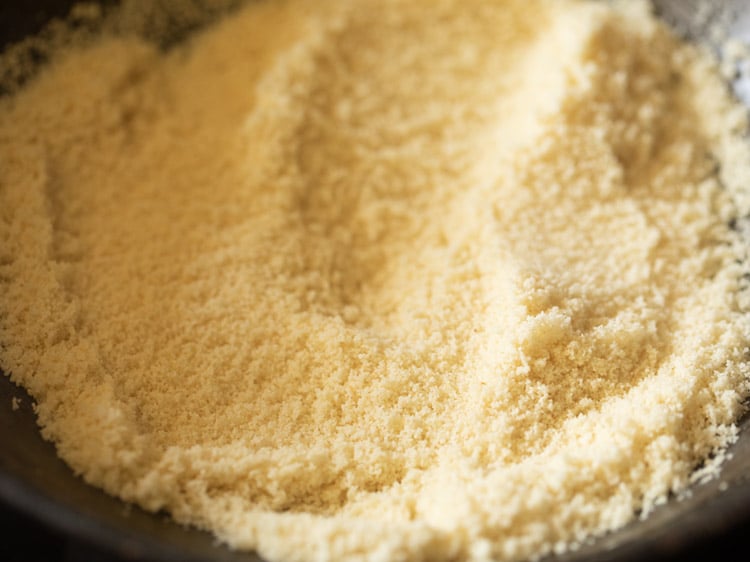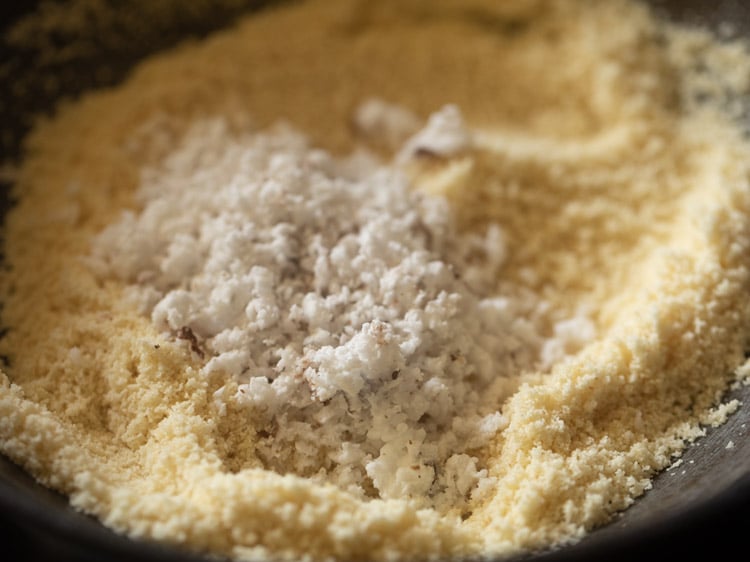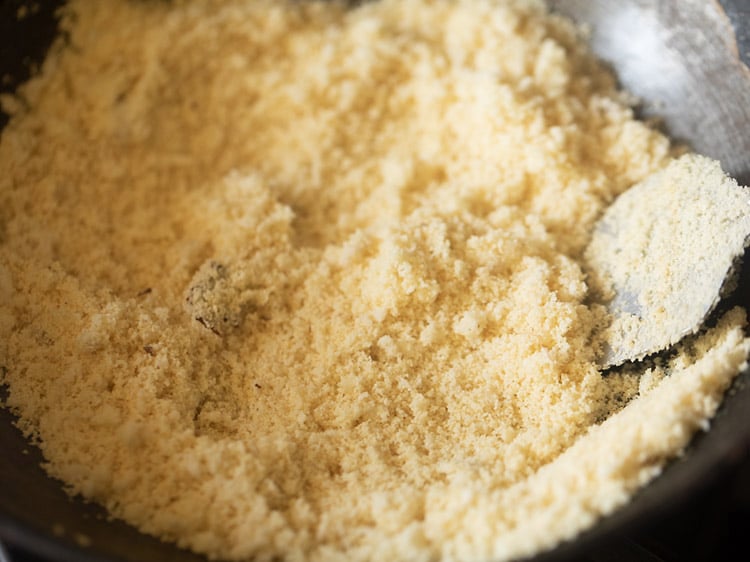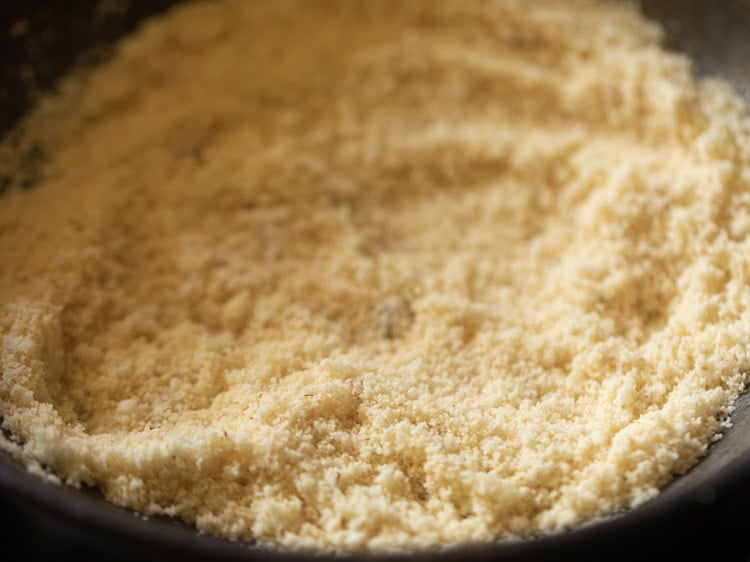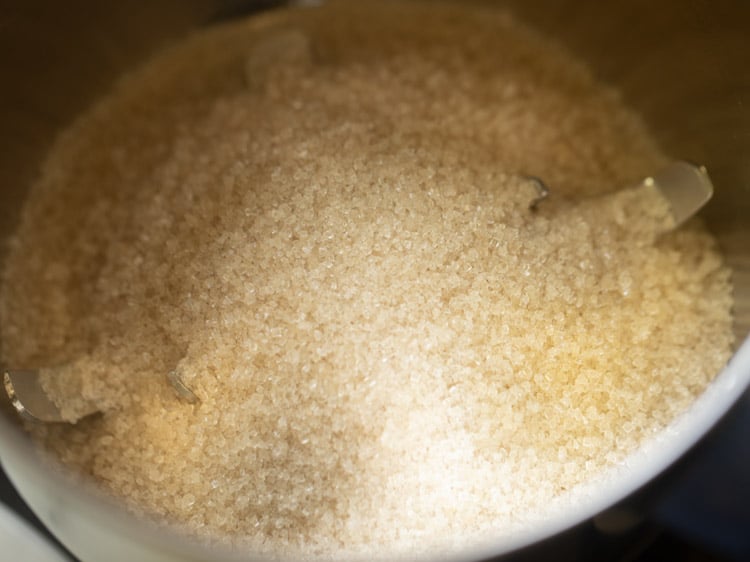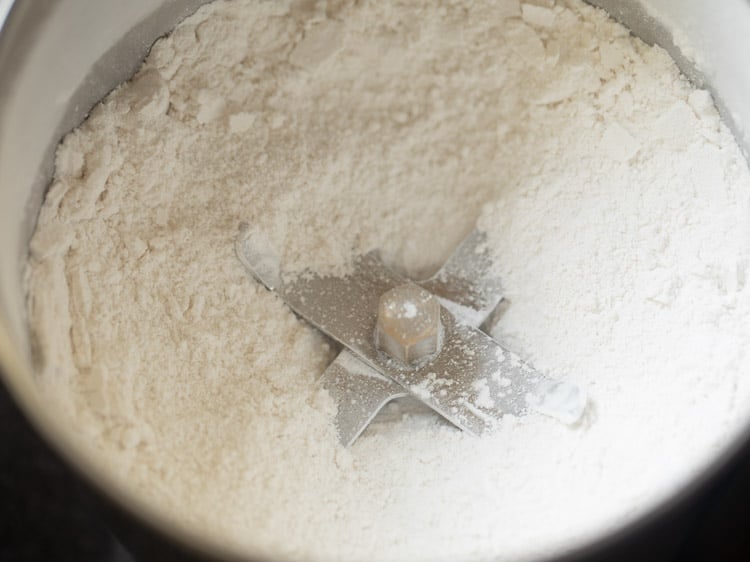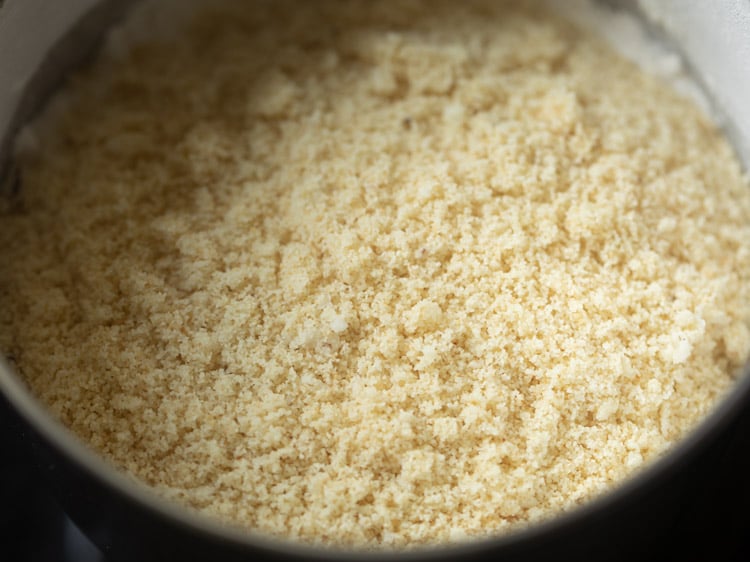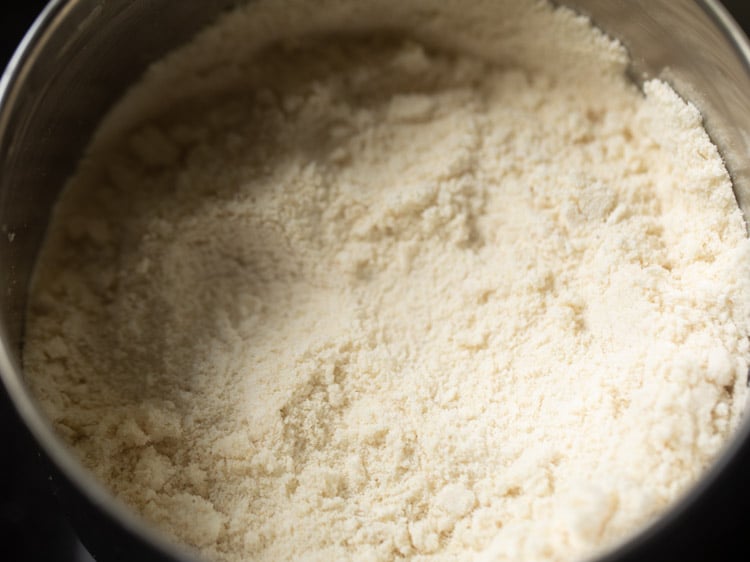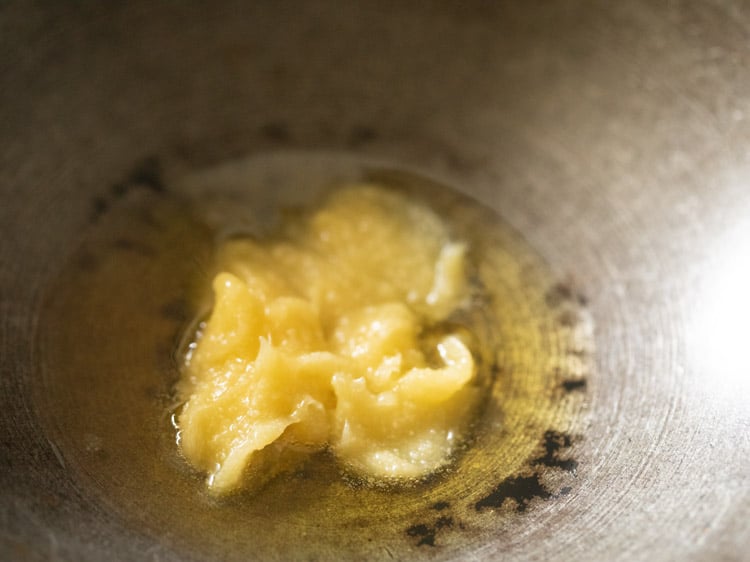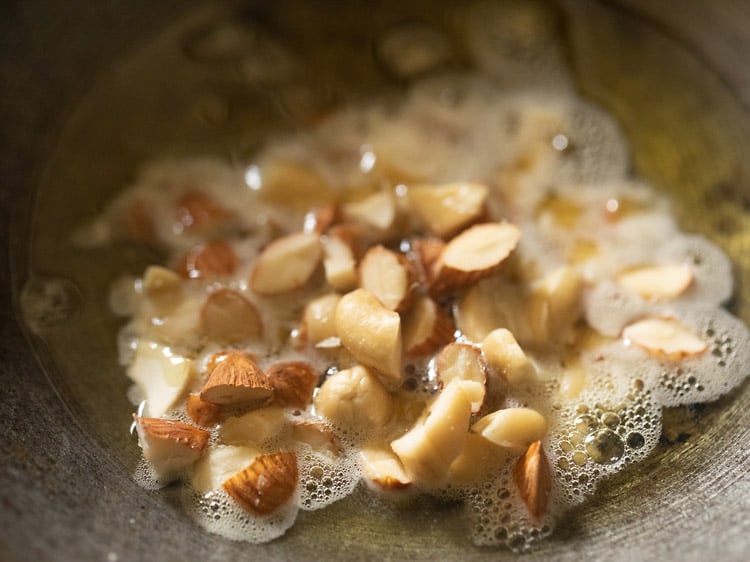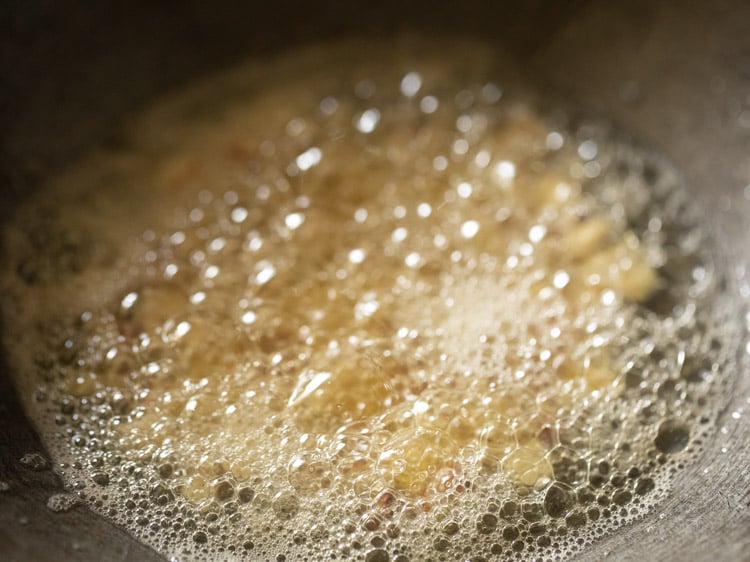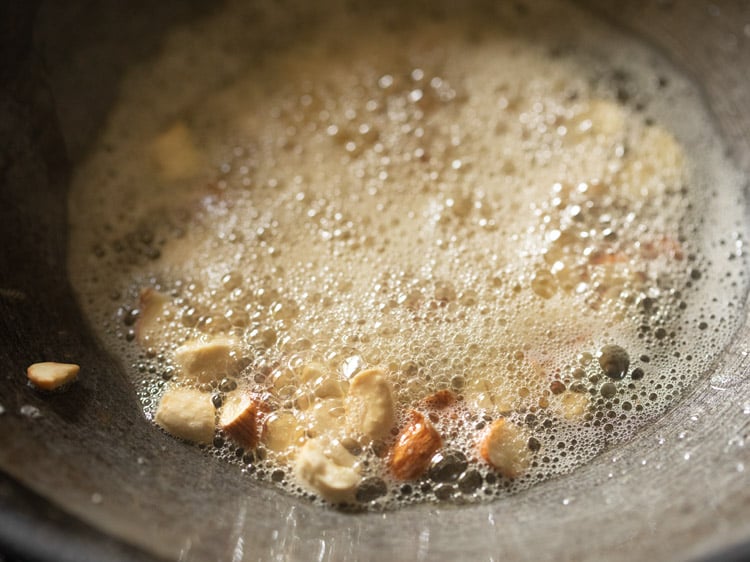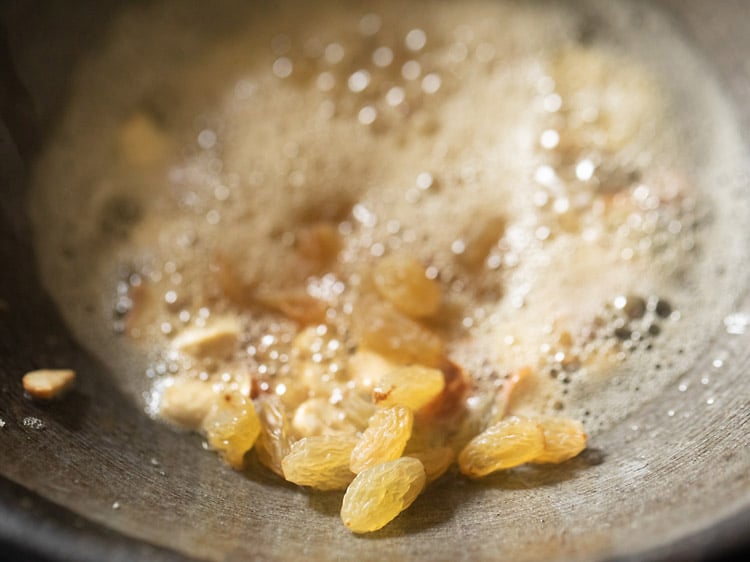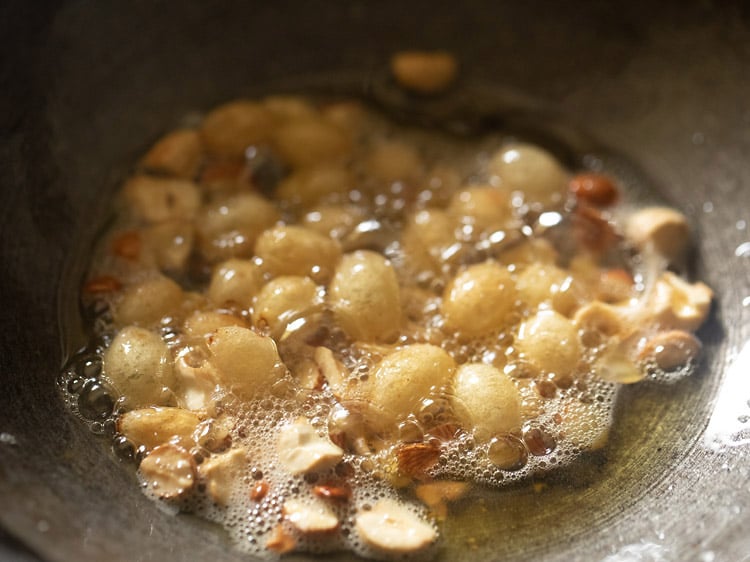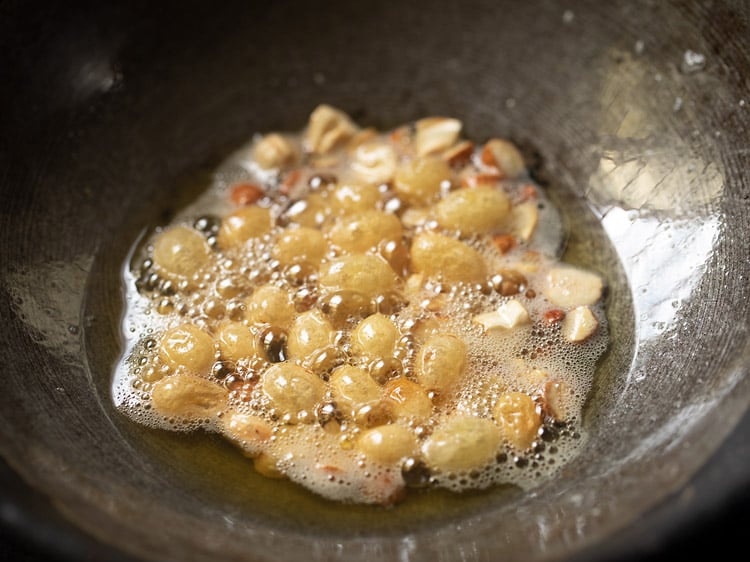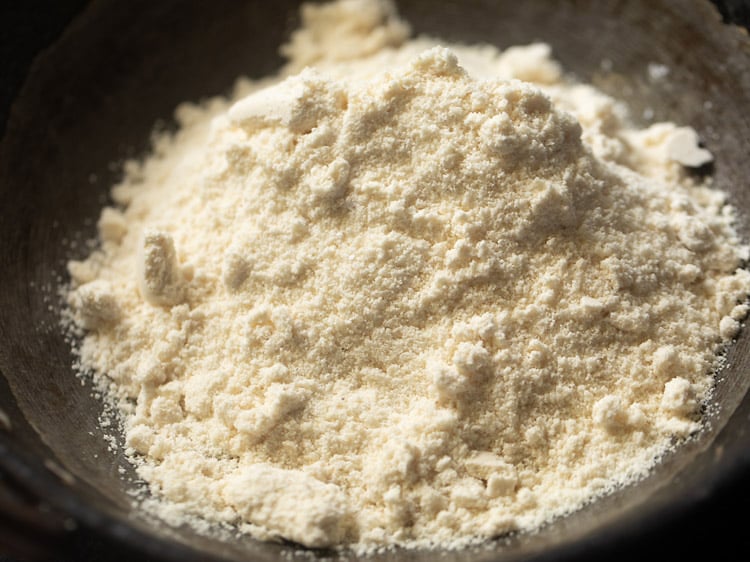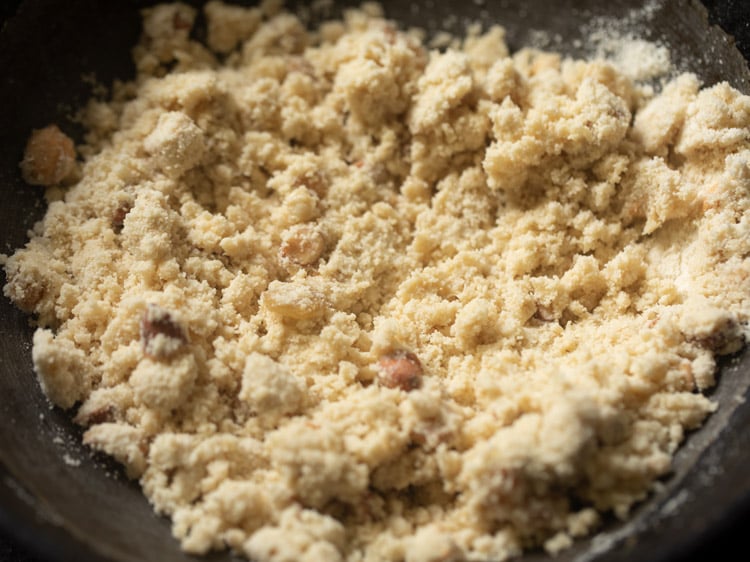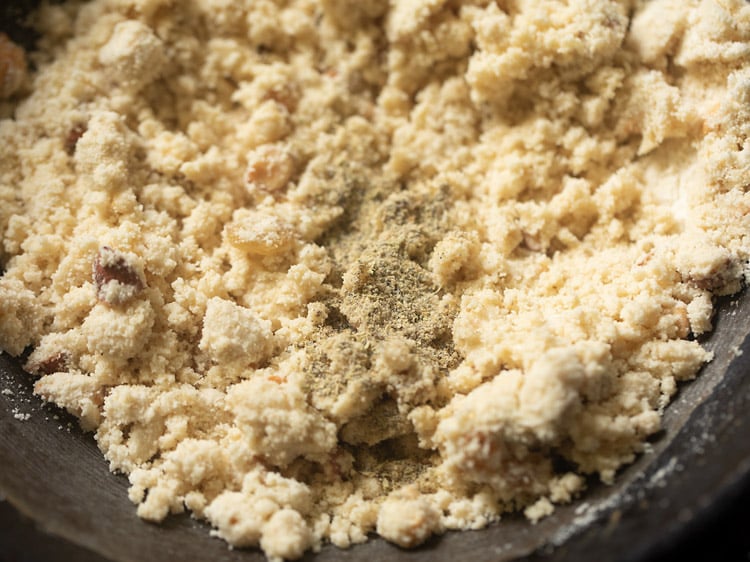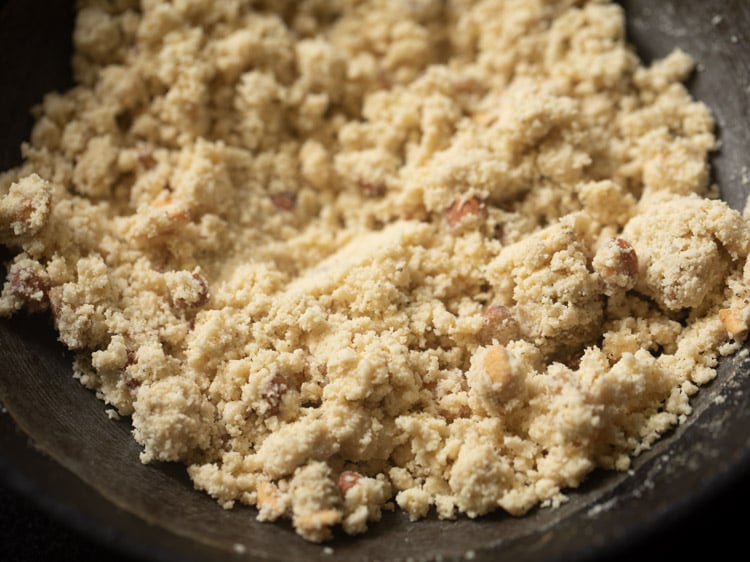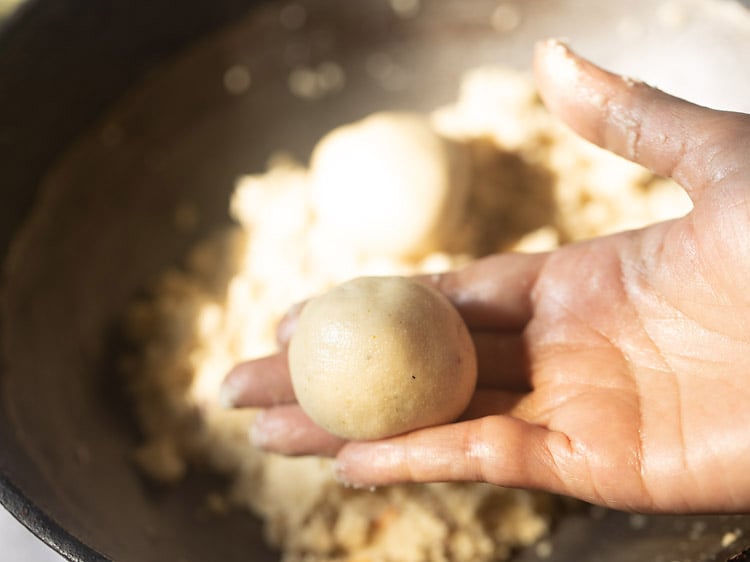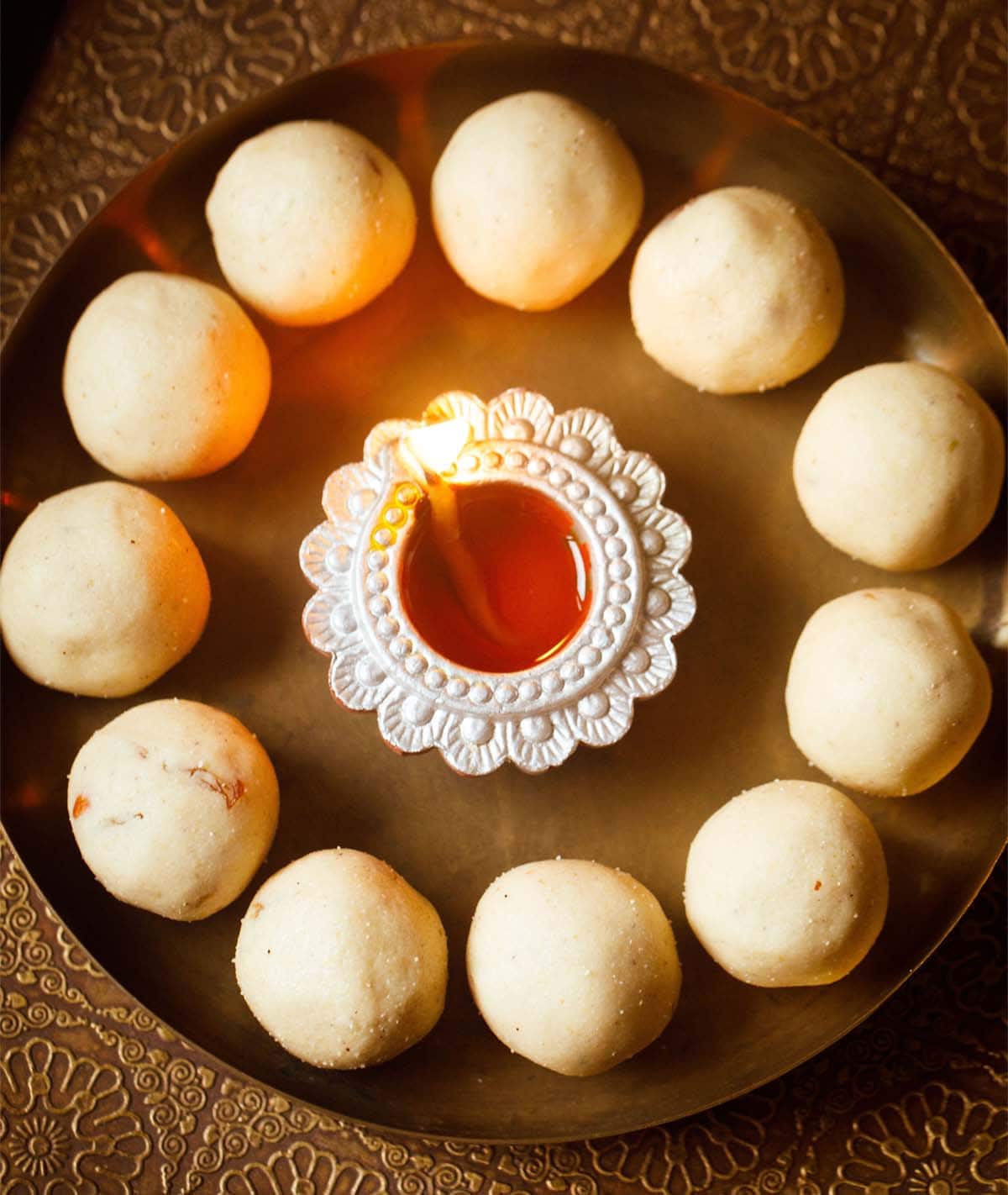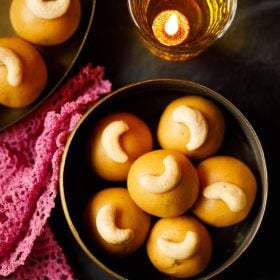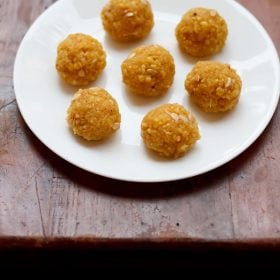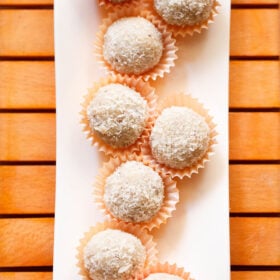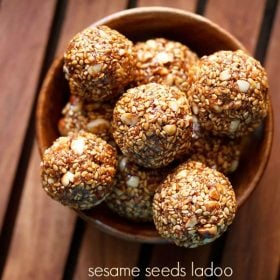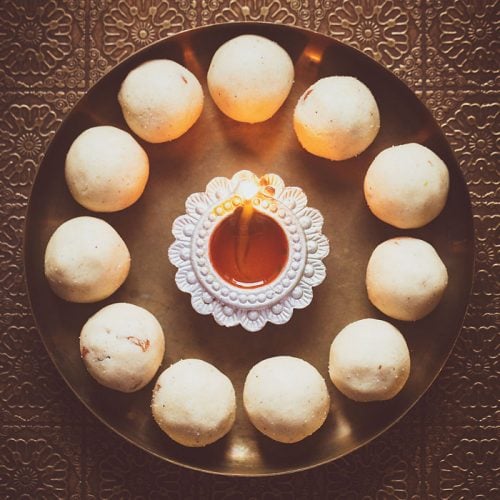What is Rava Laddu
Suji Ke Laddu are delectable and a super popular Indian sweet, commonly made during festivals like Diwali, Ganesh Chaturthi and Janmashtami. Basically, these are nothing but flavored, sweetened semolina balls. Since semolina is called as suji/rava in Hindi, hence, the name of this sweet. This particular Rava Laddu Recipe is a Maharashtrian style recipe that I had learnt from my aunt. This Rava Ladoo is tasty, easy and quick, that does not take much time. Thus, an apt sweet for the entire festival season. Make it for Diwali or for any festive celebrations in your home, it’s always a star! Since this Rava Laddu Recipe does not utilize any particular consistency of sugar syrup, these Suji Ke Laddu made without any sugar syrup are very easy to shape and the recipe is fool-proof too. Things can really go bizarre, if you have to work with specific sugar syrup consistencies. This can also result in laddu that may be hard, chewy or even brittle. With this Rava Ladoo, there’s no such problem. Even a beginner or amateur cook can easily shape them. In this Rava Laddu Recipe, I have also added fresh coconut. You can even skip it too or add desiccated coconut or grated dry coconut, in case you don’t have fresh coconut.
Roast Rava Perfectly, Everytime
Rava or suji is obviously the main ingredient in this ladoo recipe. So, it is absolutely important for you to be a pro, when roasting the semolina or rava. After all, you really don’t want half-cooked, half-raw semolina granules in your Suji Ke Laddu. Also, if you consume such a Rava Ladoo, you might eventually have problems in your stomach. To perfectly roast suji for this recipe, you need to keep certain things in mind. Every. Single. Time. It is not some rocket science. Even if it is the first time for you, you can roast rava nicely and well. The below pointers should help you understand the details of this process well:
You must begin with a heavy pan or kadai. The rava must not be burnt, in order to not have unevenly speckled laddu with brown, creamish or black specks all over. Heat the pan, and keep the heat to low or medium-low. Let the ghee melt in it. Next, add rava and then stir, stir, stir away to glory! Initially, you can stir a few times. But as you process further with the rava getting hot, the stirring has to be non-stop, or else because of being in direct contact with the pan, the rava will begin to turn brown or get burnt. The first and foremost, and the most prominent sign, if you are roasting the rava well, will be its aroma. You will actually feel the pleasant aroma engulfing your entire kitchen. The second sign is that the rava granules will look dry and separated, like a loose and light crumbly mixture. In Hindi, this consistency is termed as ‘danedaar,’ meaning each granule looking separated and distinct. The third sign is that the rava will emit steam. This will imply that the rava is hot. Once this is achieved, it is advisable to keep roasting the rava for some more time, stirring non-stop. Later, remove the pan from heat. The residue heat from the pan will further cook the rava a bit. Stir once or twice after you keep the pan, so that the heat of the pan does not brown the rava.
How to make Rava Laddu
Roast Rava
- Heat 1 tablespoon ghee (clarified butter) in a heavy pan or kadai. Keep the heat to medium and let the ghee melt. Use desi ghee, either homemade or a good brand of ghee.
- Once the ghee has melted, lower the heat and add 1 heaped cup fine rava (185 grams). Use the fine variety of rava. Ensure that the rava is within its shelf life and has not become rancid. Also, check for the presence of any molds or insects before you cook. Discard such a rava infested with insects.
- Mix rava very well with the ghee with a spatula or large spoon. 4. Stir often and begin to roast rava on a low heat.
- Continue to roast till the rava becomes fragrant and changes color. No need to brown the rava. The texture will also appear crumbly, loose and light. Roasting rava takes about 10 to 12 minutes on low heat. Once the rava becomes hot, you have to stir non-stop so that the rava does not get browned or burnt
- Once the rava has roasted well, add 6 tablespoons grated fresh coconut. You can also add desiccated coconut instead of fresh coconut. Omit coconut if you don’t have it or you don’t want to use it. 7. Stir and roast for about 1 to 2 minutes on low heat.
- Now, keep the pan on the kitchen counter and let the laddu mixture cool at room temperature.
Powder Roasted Rava and Sugar
- When the ladoo mixture has cooled, take ½ cup sugar (120 grams) in a grinder jar or a blender.
- Blend or grind the sugar to a fine powder. Do not open the lid immediately. Wait for a few minutes. If you open the lid immediately, you will see some sugar powder drifting in the air.
- To the powdered sugar in the jar, add the roasted rava-coconut mixture.
- Grind or blend to a semi-fine or fine texture but do make it to a floury texture. I usually grind to an almost fine texture. Keep the grinder jar aside.
Fry Dry Fruits and Nuts
- In the same pan in which rava was roasted, heat 3 tablespoons ghee on low to medium-low heat.
- Add 3 tablespoons chopped nuts. You can add almonds, pistachios, cashews or any nuts you like.
- Fry the nuts in the ghee, stirring often.
- Fry till the nuts start to become golden.
- Then, add 1 tablespoon raisins.
- Stirring often, fry the raisins till they plump and swell in size.
- Switch off heat and keep the pan on the kitchen counter.
Make Rava Laddu
- Add the ground rava-coconut-sugar mixture directly from the grinder or blender jar to the pan containing the fried nuts and hot ghee. The ghee should be hot when you add the mixture.
- Mix very well with a spoon or spatula. Don’t mix with hands as the ghee is hot.
- Add ½ teaspoon green cardamom powder.
- Mix well again and then wait for the mixture to become lightly warm or cooled completely to room temperature. If unable to form laddu, add 2 to 3 teaspoons softened ghee. In case the laddu don’t hold shape and flatten, keep mixture in the refrigerator for 20 to 30 minutes and then shape them.
- When ladoo mixture becomes warm or cools, take some portion of the mixture in your palms and shape into round balls.
- Make laddu with the entire mixture. Keep them in an air-tight steel jar. This recipe will yield 12 laddu and can be easily doubled or tripled to make a big batch. Note: The roasting time for rava will increase if the recipe is doubled or tripled.
- Serve Rava Laddu or Suji Ke Laddu as a festive sweet or sweet snack. Store them in the refrigerator in a covered container.
Expert Tips
Please be sure to rate the recipe in the recipe card or leave a comment below if you have made it. For more vegetarian inspirations, Sign Up for my emails or follow me on Instagram, Youtube, Facebook, Pinterest or Twitter. Besan ke Laddu Recipe (Easy Diwali Sweet) Motichur Laddu Recipe (Motichoor ke Ladoo) Coconut Ladoo Recipe | Nariyal ke Laddu Made In 3 Unique Ways Til Ke Laddu | Sesame Laddu This Rava Laddu recipe from the archives, first published on October 2014 has been updated and republished on September 2023.
